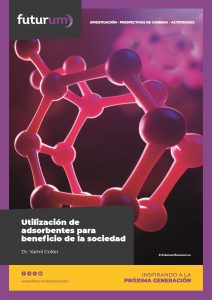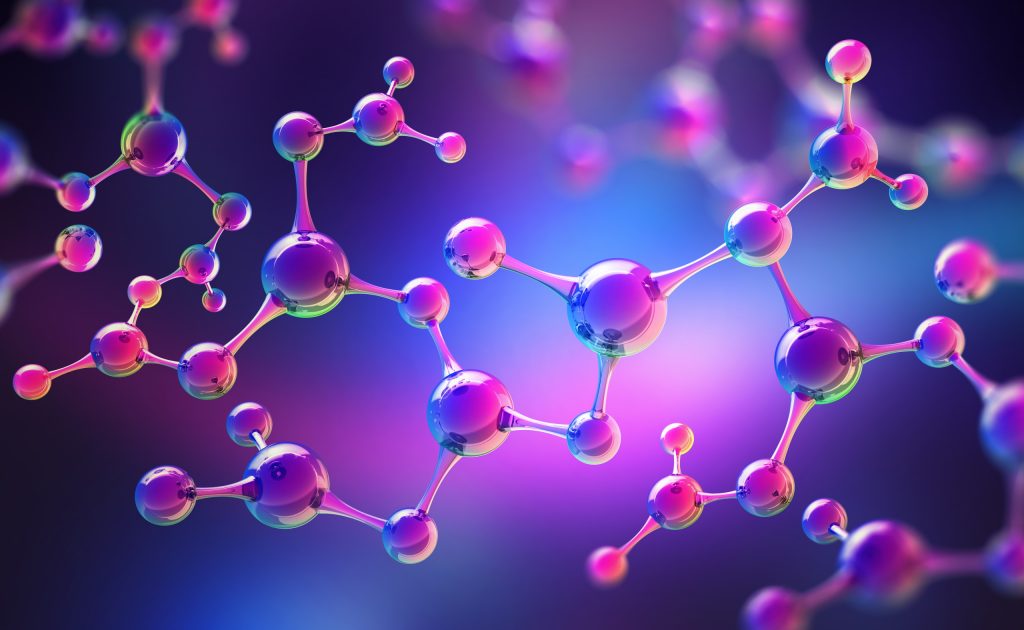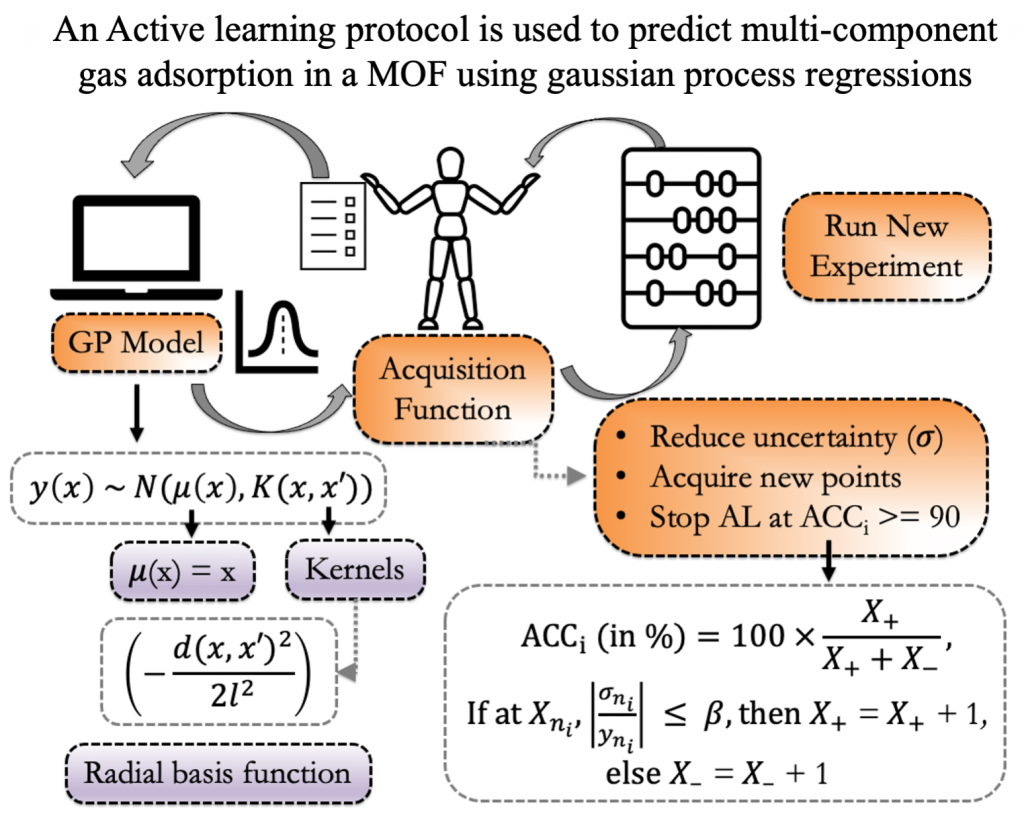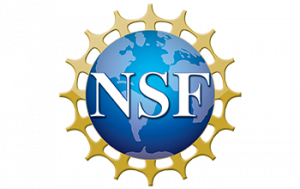Using adsorbents to help society
You will likely have heard of absorption before, but have you heard of adsorption? At the University of Notre Dame in Indiana, USA, Dr Yamil Colón is a chemical and biomolecular engineer studying this important chemical process. His work could help make huge breakthroughs in healthcare, climate change, environment and water scarcity research.
Talk like a chemical and biomolecular engineer
Absorption — a type of sorption process whereby particles are transferred into another material
Active learning (AL) — a special case of machine learning in which an algorithm can pick the data it wants to learn from and question a source of information
Adsorption — a type of sorption process whereby particles are transferred onto the surface of another material
Machine learning (ML) — computer systems that can learn and adapt without following explicit instructions from humans
Porous — having tiny spaces or holes through which liquid or gas can pass
Potable water — water that is fit for humans to consume
Scarcity — the state of being in short supply
Sorbent — a substance which can collect molecules of another substance by either adsorbing or absorbing them
Sorption process — a process where one substance becomes attached to another
While they sound extremely similar, absorption and adsorption are two different things. Both are sorption processes, where one substance attaches to another. However, unlike absorption, where particles are transferred into another material, adsorption is where particles attach themselves to the surface of another material.
Adsorption allows various molecules to be both captured and separated from each other. “Adsorption is a common process in our everyday lives,” says Dr Yamil Colón, based at the University of Notre Dame’s College of Engineering. “It occurs in many industrial and biological settings, such as drug delivery, power production and water harvesting, to name a few.” An everyday example of adsorption is the use of small, silica gel packets that are often found in the packaging of electronics, shoes or food. Silica gel adsorbs water and can, therefore, prevent these items from becoming damaged by moisture.
Why is adsorption important?
Adsorption can be used to do far more than just adsorbing water; amazingly, it can be used to diagnose and help with healthcare problems too. “In relation to healthcare, new adsorbents can help with diagnostics and delivery,” explains Yamil. For example, electronic nose devices – commonly called eNose devices – use adsorption to analyse the molecules in a person’s exhaled breath to see if it contains compounds connected to disease. “There are also adsorbents capable of holding and releasing molecules of interest, like drugs, which can have an important impact,” Yamil adds.
How could adsorbents benefit the environment?
Adsorbent materials can also have a huge environmental impact. Firstly, since sorbents can separate molecules from each other, finding new sorbents that can do this as efficiently as possible will reduce the energy needed for each separation. “This directly translates to less use of fossil fuels,” says Yamil.
Adsorption can also help with carbon capture, as new sorbents can capture carbon directly from the air and from gas streams. Carbon capture is when carbon dioxide, produced by the burning of fossil fuels or other processes, is trapped and stored before it can affect the atmosphere. This technique can help mitigate the effects of global warming. In addition, some adsorbent materials can even harvest water from the atmosphere. The ability to capture and produce potable water can make a significant difference in areas with frequent droughts and scarce water sources. “New adsorbent materials can also be used to remove pollutants from contaminated water streams,” explains Yamil.
What is Yamil working on?
Yamil is the director of a research group which is examining the interactions among different types of gases and the materials they attach – or adsorb – onto. Yamil is hoping his research will lead to two things: a better understanding of the adsorption process and the discovery of new adsorbent materials.
Why is it important to identify new adsorbents?
For adsorption to help with healthcare and environmental issues, scientists need to develop new adsorbent materials that are more energy efficient. “The identification of new adsorbents is critical to technological advancements in healthcare, climate change and water scarcity,” explains Yamil. “Adsorption can be leveraged to meet modern day challenges around carbon capture and water security, but we need new sorbents that can meet performance demands around capacity and energy efficiency.”
Understanding the adsorption process
Another one of the research group’s goals is to better understand what happens during adsorption. To do this, Yamil’s team is aiming to create a universal gas adsorption model that accurately predicts the amount of gas that is adsorbed on a material. “Such a model will be an important engineering design tool to advance work in drug delivery, power production, energy storage, atmospheric water harvesting and carbon capture technologies,” says Yamil.
How does the team do this research?
Yamil and the team use data science, statistical mechanics, powerful computational modelling tools and machine learning (ML) tools to learn more about adsorption and discover and design new porous materials.
The team is looking at porous materials because the pores provide surface area for adsorption to take place within the material, and they can store significant amounts of gas. “Interactions in the pores can also be tailored to attract certain gases over others and can, thus, also be used as a platform to perform separations,” Yamil adds. This is where the molecular modelling tools come in. Scientists use molecular models, also known as molecular simulations, to analyse how molecules work and fit together and learn more about their functions, processes and pathways. “We use molecular simulations to characterise and design the interactions happening in the pores, for applications in hydrogen storage, methane storage, water harvesting and gas separations,” Yamil explains.
The team then combines these molecular simulations with active learning (AL) algorithms. These AL algorithms allow the researchers to develop models that describe a complete adsorption space, even with only a small amount of data from that space. “AL can direct our molecular simulations to the most important conditions (temperature, pressure and composition) to develop accurate models that describe a relevant adsorption process,” explains Yamil.
What is new about this technique?
Molecular simulations to describe adsorption can require lots of data. Simulating various molecules at different temperatures, pressures and other operating conditions is an extremely resource-intensive process. This is why the research group’s idea to combine these molecular simulations with AL algorithms is very important.
“We have demonstrated that the combination of AL with our molecular simulations can help save on the number of simulations needed to show the properties we are looking for – such as temperature, pressure and compositions,” says Yamil.
What else does the project team do?
Reference
https://doi.org/10.33424/FUTURUM431
(© Yamil Colón)
(© altitudevisual / Shutterstock.com)
(© Lomdet.P/Shutterstock.com)
The research group also prioritises outreach and education components, so that people outside of the group can learn about its work. “This includes increasing machine learning literacy through course design; hosting middle school STEM teachers on campus to create course materials on probability and statistics; and translating middle school course materials into Spanish for dissemination in the local community and in Puerto Rico,” explains Yamil.
Next up, Yamil and the team are hoping to develop more complex models, specifically ones that will allow them to look at what happens to the adsorption material as adsorption takes place.
 Dr Yamil Colón
Dr Yamil Colón
Assistant Professor of Chemical and Biomolecular Engineering, College of Engineering, University of Notre Dame, USA
Fields of research: Chemical and Biomolecular Engineering, Computational Materials Discovery and Design
Research project: Modelling adsorption of gases onto solid materials to find new adsorbent materials
Funders: US National Science Foundation (NSF), US Department of Energy (DOE), American Chemical Society Petroleum Research Fund
This work is supported by the National Science Foundation under the NSF CAREER Award CBET-2143346. The contents are solely the responsibility
of the authors and do not necessarily represent the official views of NSF.
About chemical and biomolecular engineering
If you enjoy chemistry, physics, biology and mathematics and are interested in learning how things work on a small scale, then you should consider a career in chemical and biomolecular engineering. Chemical and biomolecular engineers solve some of the world’s most urgent problems by applying techniques from engineering, biochemistry, cell biology and organic chemistry at the molecular level. These engineers work on anything from how to develop green energy and move away from fossil fuels, to finding new technologies to probe our brains and understand how diseases affect our bodies.
A desire to help others is important for working in this area, as your research might impact thousands of lives. “The most rewarding thing about research in this field is the prospect of developing technologies with great societal impact by improving fundamental scientific understanding,” says Yamil. For example, as our world is becoming more affected by climate change, chemical and biomolecular engineers are striving to find new ways to supply adequate fresh water to water-scarce communities and create novel methods of transport that do not harm the environment.
The next generation of chemical and biomolecular engineers will also have a wealth of new research opportunities and questions available to them, thanks to machine learning and artificial intelligence tools. “Two major areas of opportunity are in bridging the time and length scales of multiscale research efforts and in developing new ways to leverage the algorithms in experimental and processing settings,” says Yamil. It is an exciting time to consider a chemical and biomolecular engineering career!
Pathway from school to chemical and biomolecular engineering
• At school and post-16, take classes in chemistry, physics, mathematics and biology. Choose a university degree such as chemical engineering, chemistry, biomolecular engineering, biochemistry or biomedical engineering. These courses will have a core curriculum, but Yamil suggests taking advanced probability and statistics classes as well, if you can.
• While science and mathematics classes are important, Yamil also strongly recommends taking classes geared towards improving oral, visual and written communication skills. “These can be classes like theatre and creative writing,” he explains. These classes will give you the skills to explain your scientific findings to others, so that your work can be used and applied to different fields.
• During your undergraduate degree, try to get some professional experience in the field. Find work or volunteer as an intern or research assistant in a lab. Ask your lecturers if they know anywhere you could get some hands-on experience.
• To work in chemical and biomolecular engineering research, you will need to complete a PhD after you finish your undergraduate degree. Yamil, for instance, completed his PhD at Northwestern University before joining the Notre Dame faculty.
• Read this article to find out how Yamil got to where he is today.
Explore careers in chemical and biomolecular engineering
• The Institution of Chemical Engineers has a brilliant page about chemical engineering for prospective students, including ‘Meet the Engineer’ interviews, FAQs and information on choosing the right university programme. It also provides a list of all its accredited chemical engineering degrees worldwide.
• Visit Yamil’s research group website, which contains interesting and informative recordings of webinars and presentations, to get an idea of what it is like to work in chemical and biomolecular engineering.
• The College of Engineering at Notre Dame University runs the Engineering Exploration High School Camp. This day camp introduces students in grades 10 to 12 to a broad range of engineering topics through hands-on activities.
• Visit the Chemical Engineer website for news and information about jobs in chemical, biochemical and process engineering.
• According to Indeed.com, the average annual salary in the US for either a chemical engineer or a biomolecular engineer is around $94,000.
Q&A
Meet Yamil
Who or what inspired you to become a scientist?
My parents inspired me to become a scientist. My mother was a middle school science teacher, and my father was a digital editor for a local television station in Puerto Rico. I got to see and experience science and engineering through seeing them both in their professions.
What experiences have shaped you as a scientist?
The experiences that have shaped me go back to my high school teachers and mentors who supported me. Their passion for science and their quality as human beings have been deeply influential. They also showed me you can do what you think is cool, while at the same time looking to answer questions to meet technological needs for societal challenges.
What does being awarded the NSF Faculty Early Career Development Program (CAREER) award mean to you?
Being awarded the NSF CAREER award is a vote of confidence from the scientific community that the ideas we are exploring and our outreach efforts are important. It is also a credit to the members of my group, who have put in a great amount of work to make what we do possible.
What other achievements are you particularly proud of?
I am also proud of being invited to the 2023 National Academy of Engineering Japan-America Frontiers of Engineering Symposium. I believe addressing today’s scientific challenges requires an international collaborative effort, and this conference will be instrumental in helping establish a network of collaborators to do just that.
What are your ambitions for the future?
My ambition is to lead international teams and research efforts to address society’s most pressing technical challenges, while educating the next generation of researchers.
Yamil’s top tips
1. Get involved in different kinds of research so you find what you like and what you don’t.
2. Look to enrich your learning with classes outside of your major; these will help you appreciate different perspectives and points of view. That type of learning can be invaluable and the source of new and creative approaches.
Do you have a question for Yamil?
Write it in the comments box below and Yamil will get back to you. (Remember, researchers are very busy people, so you may have to wait a few days.)












